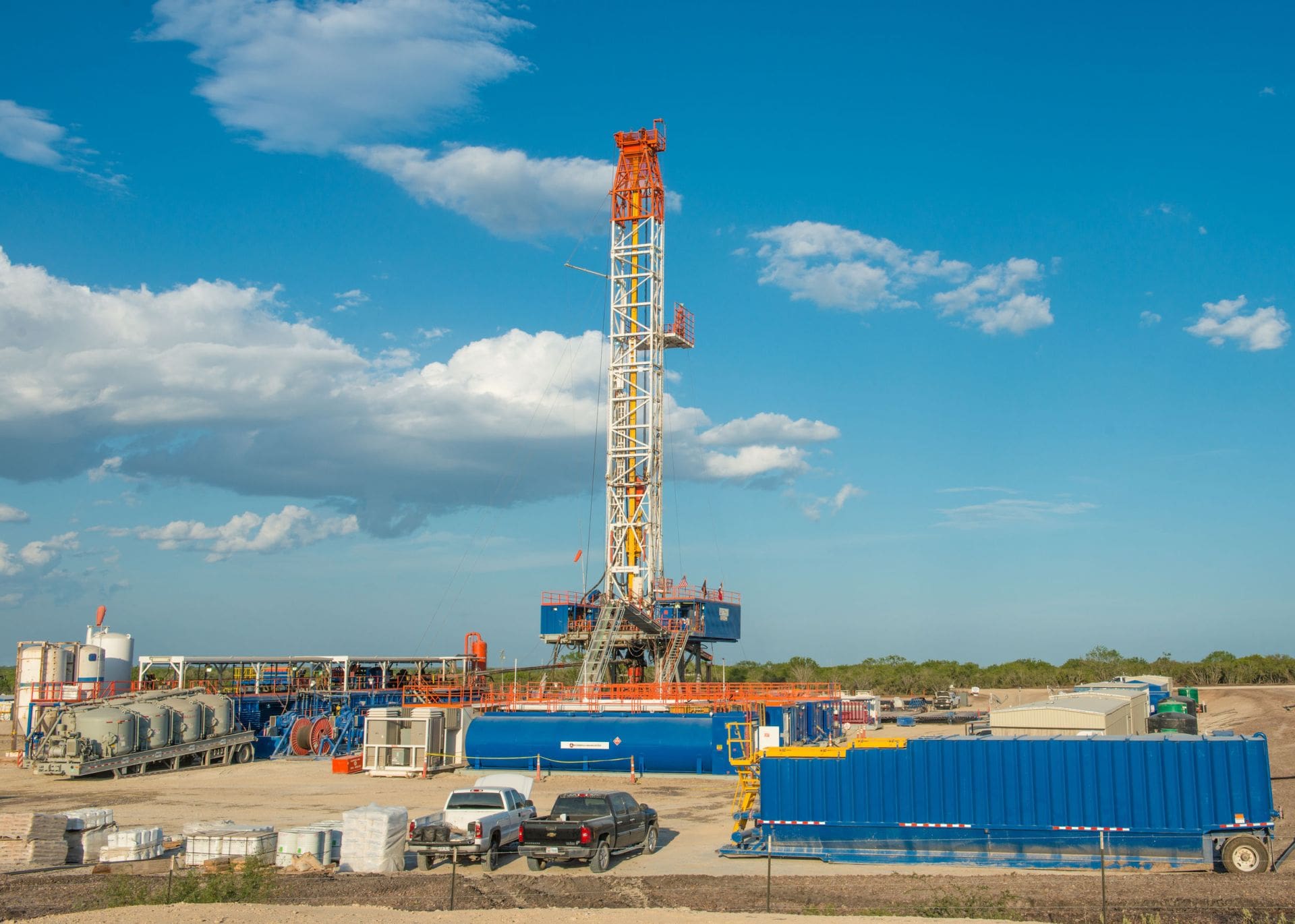Austin, TX – Drillinginfo, the leading energy SaaS and data analytics company, forecasts that U.S. oil and gas M&A activity is primed to rise significantly in the second half of 2018.
In a soon-to-be-released report, Drillinginfo findings show only $8.7 billion in activity during 2Q 2018, while quarterly M&A activity dating back to 2009 averages $17.8 billion. Since the Permian Basin land grab peaked five quarters ago during Q1 2017 at $18.0 billion (largely funded by overnight equity raises by the public E&P buyers), Wall Street’s mandate for positive cash flow has spurred public oil and gas executives towards retrenchment to single basin or core-of-the-core areas. In executing this mandate, E&P companies are shedding non-core assets which Drillinginfo now tallies at over $50 billion of deals in play.
An example of divestment, and the largest package currently on the market, is BHP’s decision to exit the U.S. shale business in pursuit of its global deepwater activity. This package includes prized assets in the Permian, the Eagle Ford, the Haynesville and the Fayetteville resource plays. According to BHP’s CEO Andrew McKenzie, initial bids for this asset package were due in early June and BHP expects to make an announcement prior to year-end. Interested parties range from the majors to large private equity buyers. Media now reports bids from majors like Shell, BP, Chevron and private equity, with BP reported as the frontrunner with a $10 billion or more offer. Drillinginfo expects that the final number may surprise on the upside.
According to Drillinginfo’s Senior Director Brian Lidsky, “We expect the logjam in quality asset packages to begin to move quickly in the second half of 2018 as the sub-$50 oil price risk is largely over. Proven management teams with execution success in cost control and technological advancement, both public and private, will ultimately be charged with larger portfolios. We expect buyers to run the gamut from private equity, where since 2017 over 70 teams have been provided with more than $15 billion of committed capital, to the majors, and to Asian, European and Middle Eastern players. These are exciting times and buyers have plenty of choices to rapidly deploy capital”.
Drillinginfo’s 2Q 2018 U.S. Oil and Gas M&A Summary is a quarterly report, comprised of industry-leading data from recent acquisitions, PLS Research and 1Derrick.
Key takeaways include the following:
- Activity slowed to $8.7 billion versus $21.1 billion in Q1 and $17.1 billion quarterly average since 2014.
- During 2Q pause, the previously white hot Permian market stalled at just $801 million in deals, the lowest quarter since $437 million in 2Q15.
- For perspective from 2Q15 to 2Q18, the Permian chalked up $71.1 billion in deals or 35% of the $200 billion US upstream oil and gas transaction market.
- Market for royalties and minerals very strong as this segment rapidly evolves.
- Wall Street driving companies to pure-play status and positive cash flow. Not in mood to fund acquisitions.
- Shareholder activists continuing strong impact on E&P executive’s playbook.
- Bankruptcy wave not over, with Appalachia-focused Rex Energy being latest large official casualty.
- Over $15 billion of private equity firepower with mounting pressures to deploy committed capital.
- Globally, $165 billion in energy transactions across the value chain.
- Outside of upstream E&P, midstream and downstream are strong.
Looking Forward:
- Expect second half M&A activity to significantly increase in the U.S.
- Over $50 billion of U.S. deals in play as sellers retrench to pure-play status.
- Buyers likely to include majors and super independents, private equity, Europe, Asia and Middle East entrants.
- Future is bright for more U.S. LNG liquefaction projects playing a role on the global stage as global LNG demand is forecast to outpace supply from LNG projects now under FID beginning as early as 2020.
- On the gas side, expect large scale strategic resource capture transactions, in part to naturally hedge LNG feedstock needs.
- Watch for Wall Street reaction to improving oil fundamentals relative to its current underinvestment within the S&P 500 as measured on a historical basis.
 Loading...
Loading...
Oil and gas operations are commonly found in remote locations far from company headquarters. Now, it's possible to monitor pump operations, collate and analyze seismic data, and track employees around the world from almost anywhere. Whether employees are in the office or in the field, the internet and related applications enable a greater multidirectional flow of information – and control – than ever before.











